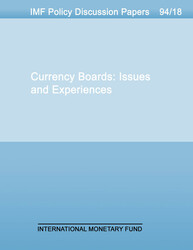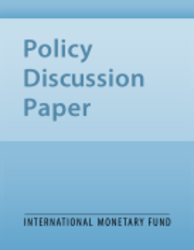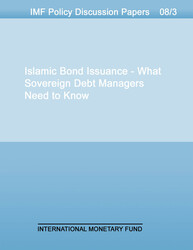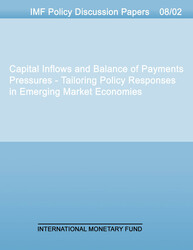
Currency Boards : Issues and Experiences
This paper discusses some of the issues that concern the operation of currency boards, by comparison to conventional exchange rate pegs, and looks at the experiences of three examples of this type of arrangement: Argentina (from 1991), Hong Kong (from 1983) and Estonia (from 1992). In all three cases, the implementation of currency boards or equivalent arrangements played a significant role in their successful stabilization programs. Currency boards derive their strength from the fact that they severely constrain the policy maker's room for manoeuvre, by comparison to conventional pegs. They generally require an even stricter and less forgiving attitude to bank failure, wage and price rigidities and other disturbances than do exchange rate pegs in general. This is a Paper on Policy Analysis and Assessment and the author(s) would welcome any comments on the present text. Citations should refer to a Paper on Policy Analysis and Assessment of the international Monetary Fund mentioning the author(s) and the date of issuance. The views expressed are those of the author(s) and do not necessarily represent those of the Fund.
Publication date: September 1994
ISBN: 9781451965056
$10.00
Add to Cart by clicking price of the language and format you'd like to purchase
Available Languages and Formats
| English |
Topics covered in this book
This title contains information about the following subjects.
Click on a subject if you would like to see other titles with the same subjects.
Money and Monetary Policy , International - Economics , currency board , exchange rate , currency boards , central bank , foreign exchange
Summary
Copyright © 2010 - 2024
Powered by:
AIDC



